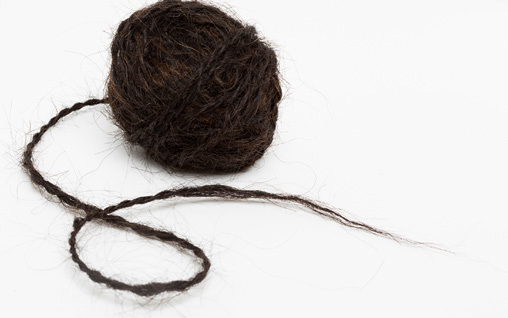The next time you go to the barbershop, take interest into how the hair removed from your scalp is managed and disposed. Globally, the issue of human hair has escalated to a level where solutions are now being sought on how to manage this waste stream.
Hair is mainly made up of protein and organic substances but it takes a bit of time to degrade in the environment. When it decomposes anaerobically, it generates Greenhouse Gases which can cause climate change. Global efforts are geared towards innovation to translate hair into organic fertiliser. This is of course associated with ethical and cultural objections in some countries.
Most barber shops dispose human hair into waste that ends up at landfills, whilst in developed countries, waste hair can be recycled. Although it can decompose, hair takes a long time to degrade in ambient air conditions. It can also be a nuisance in water bodies if left to flow together with wastewater.
Burning waste hair releases greenhouse gas emissions which are detrimental to the environment and drive the onset of climate change. Most of the innovative technologies of dealing with hair are resisted due to the cultural and mythical aspects placed on hair in countries which are culture-centric. One 50-year old man interviewed by the Green Business Gazette mentioned that hair is a symbol of strength and life, therefore should not be manipulated after it is cut off.
Managing waste human hair is very essential as a means of promoting a green economy. Developing value added products from waste hair also creates green jobs and income generation.
As early as 1300BC recycled wigs were made in the beauty and cosmetics industry. Wigs could be used by those without adequate hair, ageing people, those with hair falling off or as a fashion statement. Use of wigs has become a common phenomenon in many countries, making use of hair from others. In this way, the environment is protected from tonnes of hair waste.
Critics of recycling and manipulating hair in religious circles propose that no one should share their hair with another person as hair symbolised vitality, spirituality and longevity. Those who anchor on scientific beliefs, postulate that hair can be used by another person as long as the previous owner has cut off and disposed the hair.
Other options of using waste hair in some countries include staffing mattresses with waste hair. In other circumstances, hair has been used as an absorbent material for dealing with oil spillages. In the year 2020, Australia collected more than 10 000 tonnes of hair to ship to Mauritius which was dealing with a 4000 tonnes oil spill involving VS Wakashio Ship in Mauritius. The hair was to be used as an absorbent material. “Hair booms” staffed with hair have become a common phenomenon in dealing with oil spillages in many countries. The circumstances vary from country to country and lessons have to be transferred with consideration of context. Feel free to share with the Green Business Gazette your experiences in waste management related to waste human hair.

